Dips are a versatile and effective bodyweight exercise that can help you build upper body strength and muscle. Whether you’re a seasoned fitness enthusiast or a beginner looking to improve your physique, dips can be a valuable addition to your workout routine. In this guide, we’ll walk you through the steps on how to perform dips correctly to maximize your gains and minimize the risk of injury.
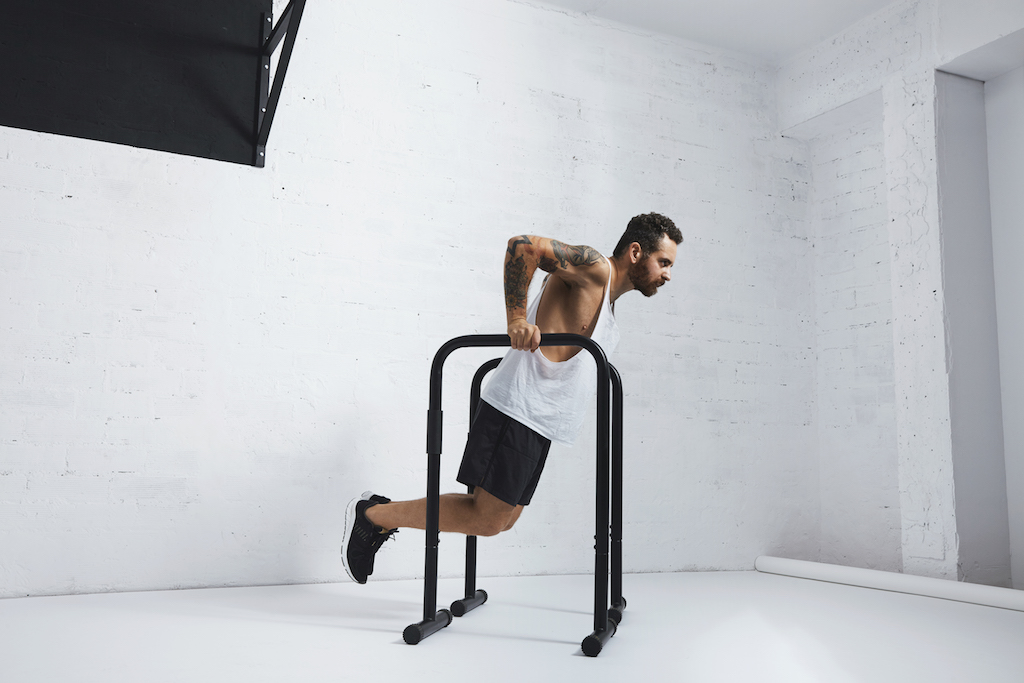
What are dips?
Dips, also known as parallel bar dips or tricep dips, primarily target the muscles in your chest, shoulders, and triceps. This compound exercise can be done using parallel bars, dip stations, or even two sturdy chairs. Dips engage multiple muscle groups simultaneously, making them an excellent choice for overall upper body development.
The basics of dips
Dips primarily target your triceps, chest, and shoulders, making them an excellent addition to any upper body workout routine. Here’s how to perform a standard dip:
Step 1:
Find a dip station or parallel bars. Make sure they are stable and can support your body weight.
Step 2:
Stand between the bars and grip them with your palms facing inward (toward your body). Your arms should be fully extended.
Step 3:
Lower your body by bending your elbows until your shoulders are slightly below your elbows or you feel a comfortable stretch in your chest and shoulders.
Step 4:
Push yourself back up by straightening your arms until they are fully extended.
Remember to keep your core engaged, and your body upright throughout the movement. Avoid swinging your legs or leaning too far forward to maintain proper form and prevent injuries.
The comprehensive benefits of dips
Strengthens multiple muscle groups
Dips are a compound exercise that primarily targets the triceps, chest, and shoulders. However, they also engage several other muscle groups, including the deltoids, pectorals, and even the core. This makes dips an excellent choice for developing upper body strength and muscular endurance.


Improves upper body definition
Regularly incorporating dips into your workout routine can help sculpt and define your upper body. The exercise stimulates muscle growth, helping you achieve a more toned and muscular appearance in your arms, chest, and shoulders.
Enhances functional strength
Functional strength is crucial for daily activities and sports performance. Dips help improve your ability to perform tasks like pushing, lifting, and carrying objects. This functional strength can have a positive impact on your daily life.


Joint stability and flexibility
Dips require you to stabilize your shoulder joints and maintain proper form throughout the movement. This can contribute to improved joint stability and flexibility, reducing the risk of shoulder injuries and enhancing overall joint health.
Increases metabolic rate
Engaging in compound exercises like dips can elevate your metabolic rate. This means you’ll burn more calories both during and after your workout, which can aid in weight management and fat loss.
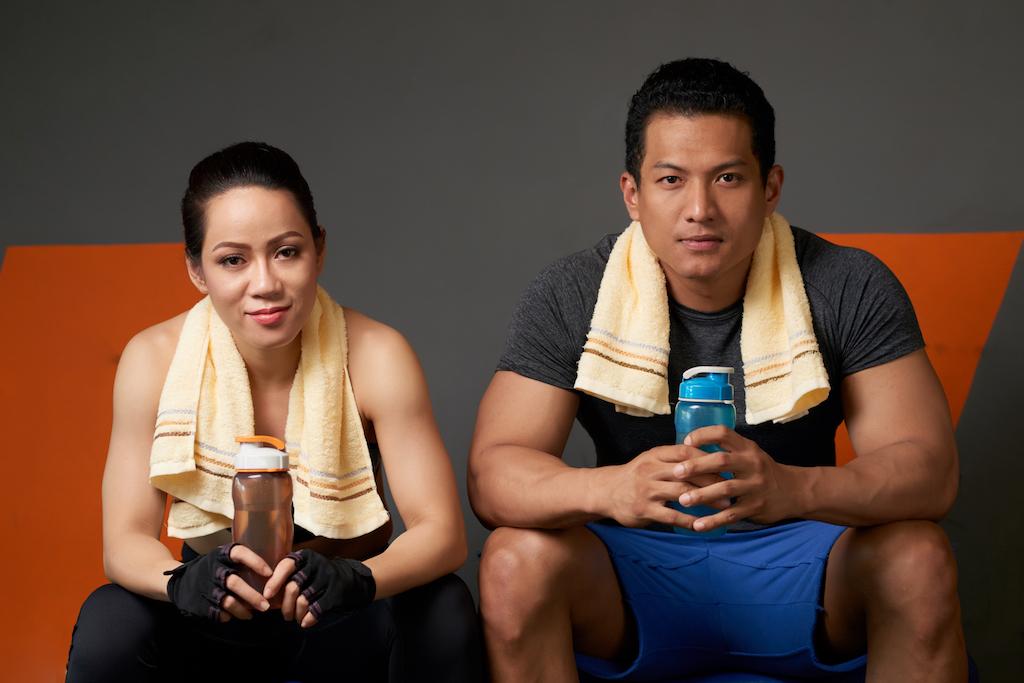
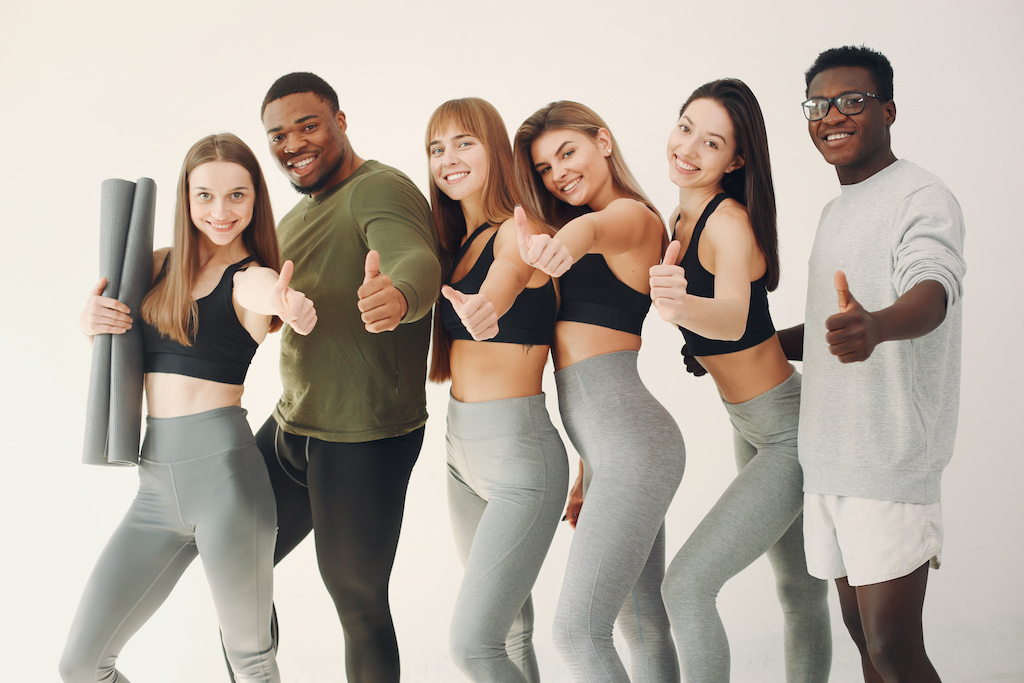
Variation and versatility
Dips can be customized to suit various fitness levels. Whether you are a beginner or an advanced athlete, you can adjust the intensity by changing your body angle or adding weights to a dip belt. This versatility allows for continued progress and prevents workout plateaus.
Minimal equipment required
One of the significant advantages of dips is that they require minimal equipment. All you need is a stable surface to perform them, such as parallel bars, dip stations, or even two sturdy chairs placed shoulder-width apart. This makes dips accessible to virtually anyone, whether at home or in a gym.
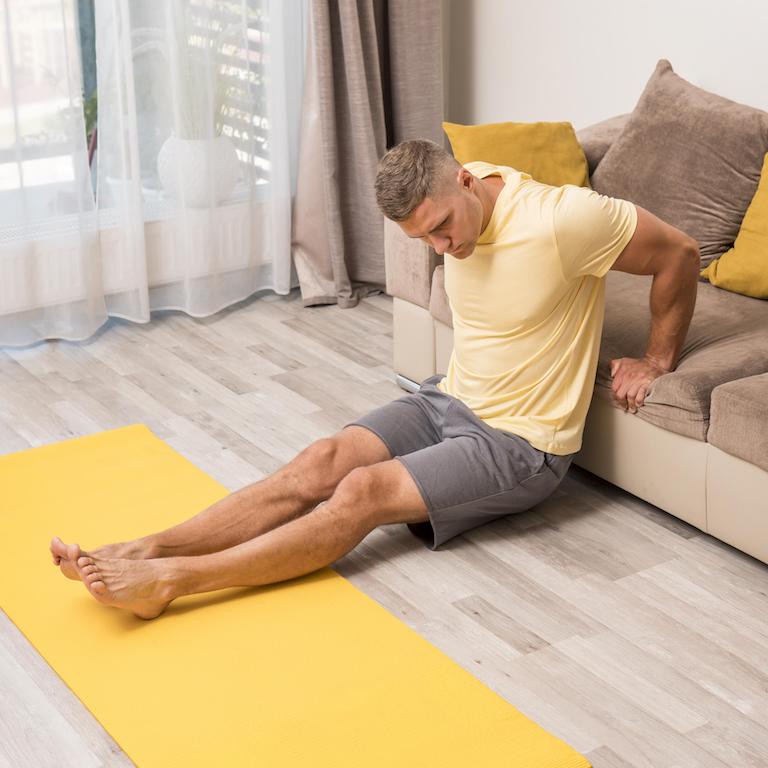

Improved posture
Proper dip form demands an upright and stable body position. Regularly practicing dips can help correct poor posture habits and encourage better spinal alignment, leading to improved overall posture.
Why stretching is essential for dips
One of the primary reasons to stretch before and after performing upper body dips is to enhance your range of motion. A proper range of motion during the exercise not only allows you to perform dips more effectively but also reduces the risk of injury. Tight muscles and restricted mobility can lead to poor form, which can, in turn, cause strains or overuse injuries.
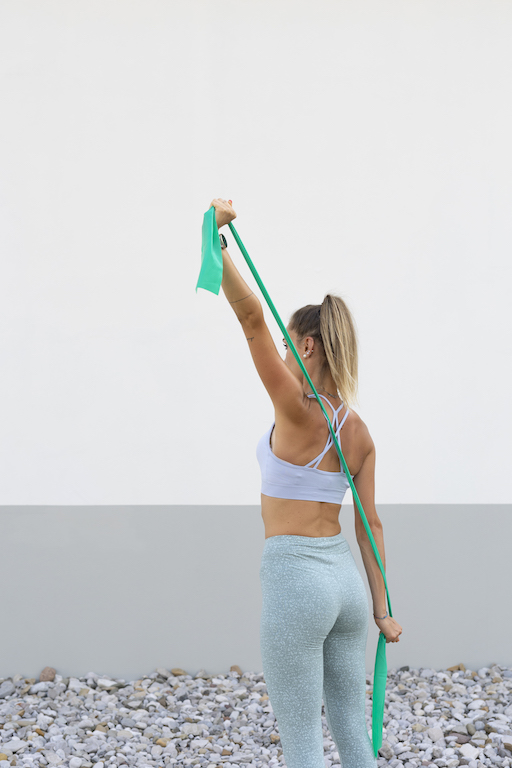
By stretching your upper body muscles before dipping, you’ll be able to move through a fuller range of motion, engaging your muscles more effectively and reducing the risk of injury.
Dips are a versatile and effective exercise for building upper body strength and muscle. Whether you’re a seasoned fitness enthusiast or a beginner looking to enhance your physique, dips can be a valuable addition to your workout routine. They target multiple muscle groups simultaneously, offering a wide range of benefits, from strength development to improved posture and functional strength.
However, to fully maximize the advantages of dips and minimize the risk of injury, it’s crucial to incorporate stretching into your routine. Stretching before and after performing upper body dips can significantly enhance your range of motion, allowing for more effective dips and reducing the risk of strains or overuse injuries. Maintaining flexibility in your upper body muscles is essential for maintaining proper form and reaping the full rewards of this dynamic exercise.
So, as you embark on your journey to stronger, more defined upper body muscles through dips, remember to prioritize both the exercise itself and the essential role of stretching. By doing so, you’ll not only achieve better results but also ensure your long-term fitness success.
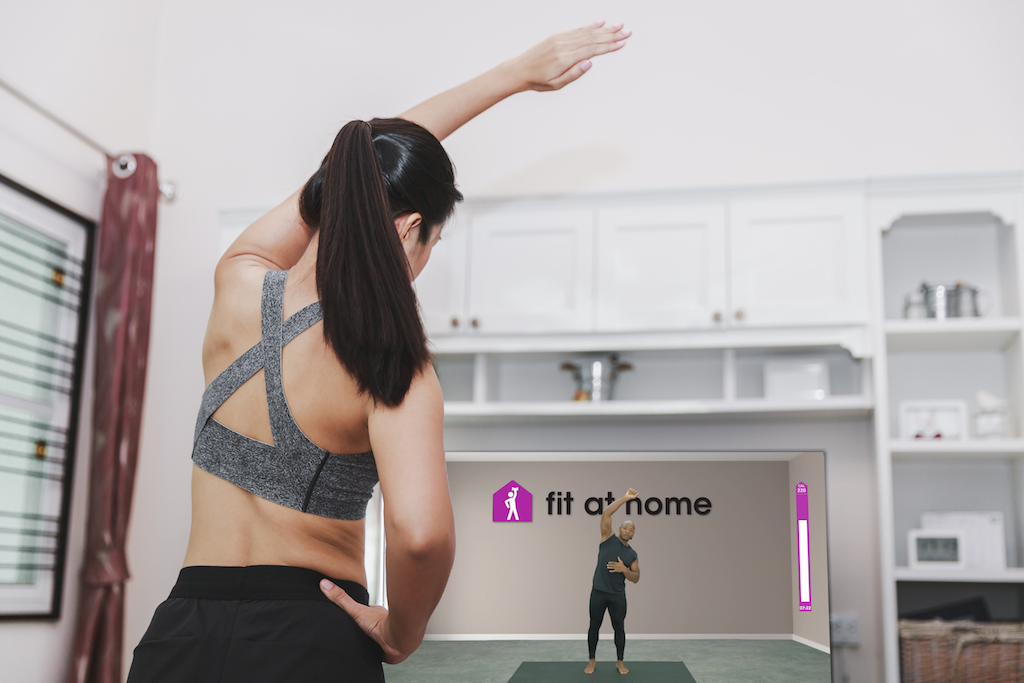
Working out with Fit at Home
Do you want to work out but don’t feel like or have time to go to the gym to train? With Fit at Home you never have to go to the gym to do a workout ever again! Do you want to lose weight or work on your core? It’s possible from the comfort of your own home! The Fit at Home app is available 24/7 on-demand for the whole family!
We offer various workouts from different trainers. Whether you want to improve your balance with Pilates, work on your core, or let your kids stay active, it’s all possible. Additionally, you can easily search for the workouts you’re looking for. Simply click on categories and find a workout that suits your needs for the day!